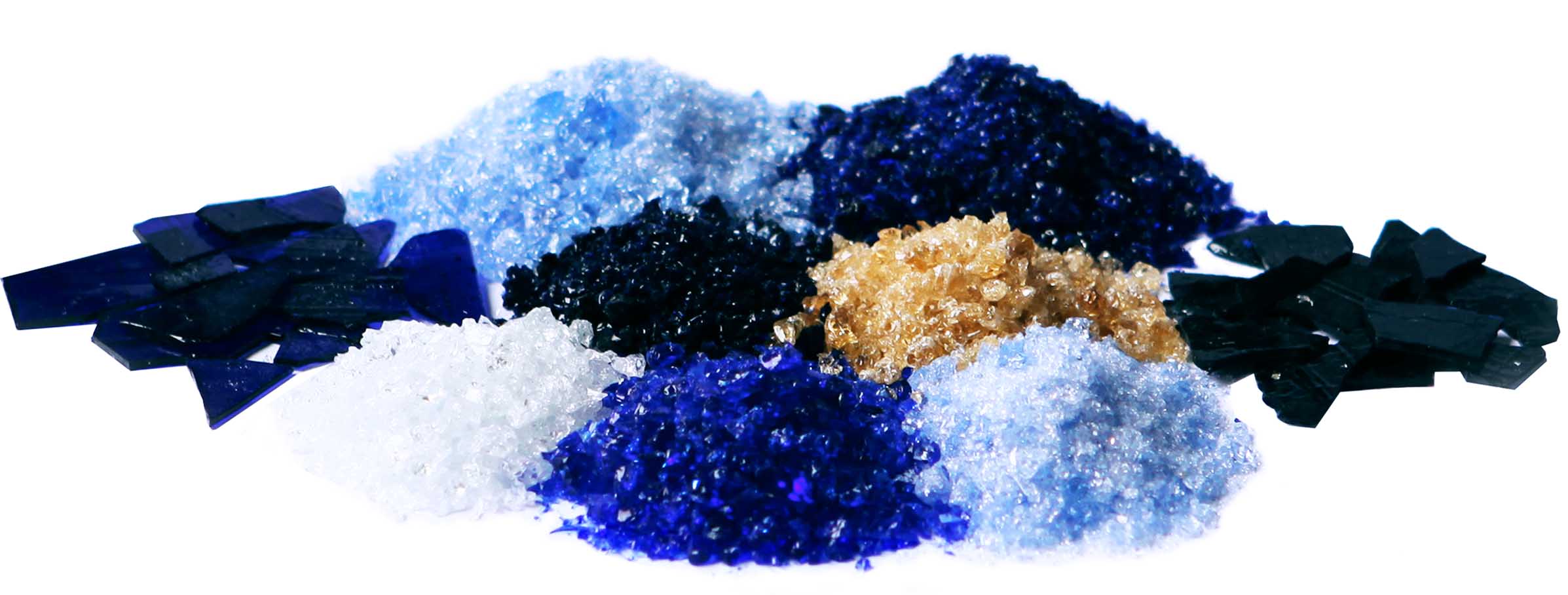In a remarkable stride towards innovation, the field of glass enamel technology welcomes a groundbreaking advancement: Low-Temperature Glass Enamel Frit. Developed by a team of leading researchers at the forefront of materials science, this cutting-edge frit promises to revolutionize various industries, from automotive to household appliances.
Traditionally, the application of enamel frit involved high-temperature firing processes, which posed challenges in terms of energy consumption and material compatibility. However, the introduction of Low-Temperature Glass Enamel Frit overcomes these hurdles by enabling enameling processes at significantly lower temperatures without compromising on quality or durability.
One of the key features of this innovative frit is its versatility. It can be applied to a wide range of substrates, including metals, ceramics, and even some plastics, opening up new possibilities for product design and manufacturing. From coating steel panels for automotive parts to enhancing the aesthetic appeal of kitchenware, the potential applications are vast and varied.
Moreover, the development of Low-Temperature Glass Enamel Frit aligns with sustainability goals, as it reduces energy consumption during the enameling process and minimizes the environmental impact associated with high-temperature firing techniques.
"We are thrilled to introduce this breakthrough in glass enamel technology," said Dr. Zhang, lead researcher on the project. "Our team has worked tirelessly to develop a frit that not only meets the rigorous performance standards but also addresses the sustainability concerns of the industry."
Manufacturers and designers alike are eager to incorporate Low-Temperature Glass Enamel Frit into their products. Its ability to achieve vibrant colors, excellent adhesion, and resistance to corrosion makes it an attractive choice for various applications.
As the demand for environmentally friendly and energy-efficient solutions continues to grow, the introduction of Low-Temperature Glass Enamel Frit marks a significant milestone in the advancement of materials science. With its potential to transform industries and inspire innovations, this remarkable achievement is poised to shape the future of enamel technology.
Traditionally, the application of enamel frit involved high-temperature firing processes, which posed challenges in terms of energy consumption and material compatibility. However, the introduction of Low-Temperature Glass Enamel Frit overcomes these hurdles by enabling enameling processes at significantly lower temperatures without compromising on quality or durability.
One of the key features of this innovative frit is its versatility. It can be applied to a wide range of substrates, including metals, ceramics, and even some plastics, opening up new possibilities for product design and manufacturing. From coating steel panels for automotive parts to enhancing the aesthetic appeal of kitchenware, the potential applications are vast and varied.
Moreover, the development of Low-Temperature Glass Enamel Frit aligns with sustainability goals, as it reduces energy consumption during the enameling process and minimizes the environmental impact associated with high-temperature firing techniques.
"We are thrilled to introduce this breakthrough in glass enamel technology," said Dr. Zhang, lead researcher on the project. "Our team has worked tirelessly to develop a frit that not only meets the rigorous performance standards but also addresses the sustainability concerns of the industry."
Manufacturers and designers alike are eager to incorporate Low-Temperature Glass Enamel Frit into their products. Its ability to achieve vibrant colors, excellent adhesion, and resistance to corrosion makes it an attractive choice for various applications.
As the demand for environmentally friendly and energy-efficient solutions continues to grow, the introduction of Low-Temperature Glass Enamel Frit marks a significant milestone in the advancement of materials science. With its potential to transform industries and inspire innovations, this remarkable achievement is poised to shape the future of enamel technology.






